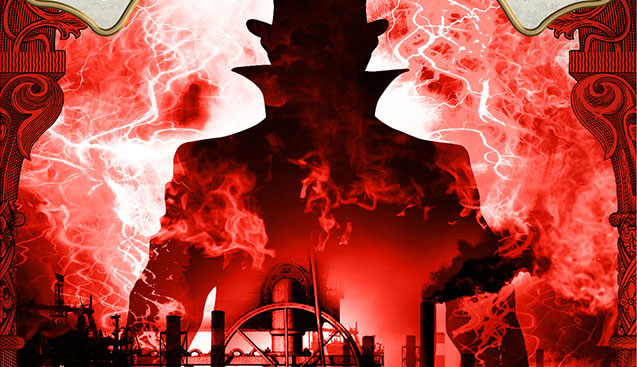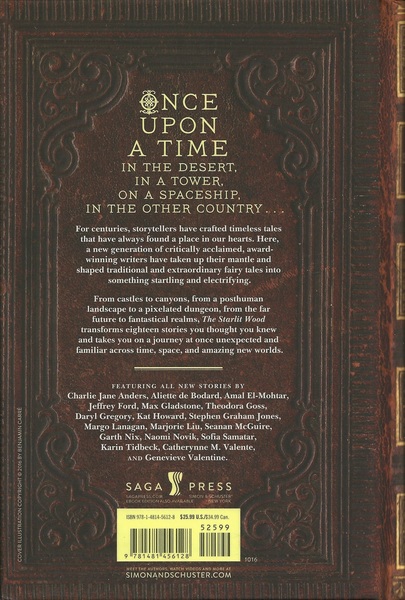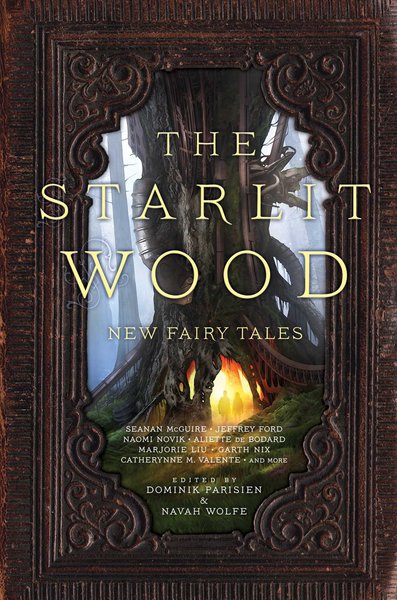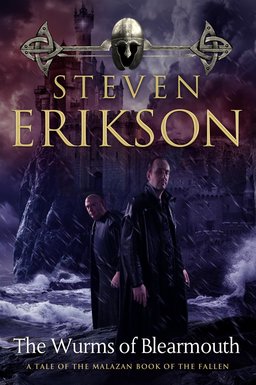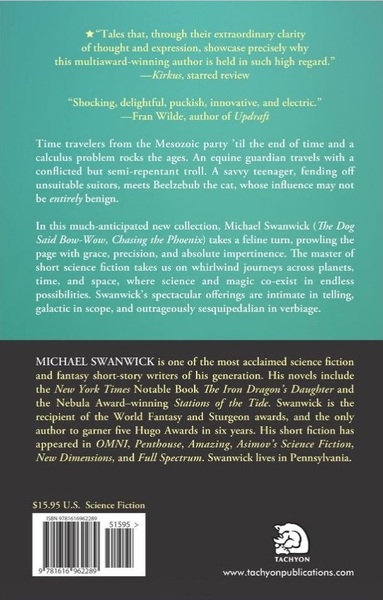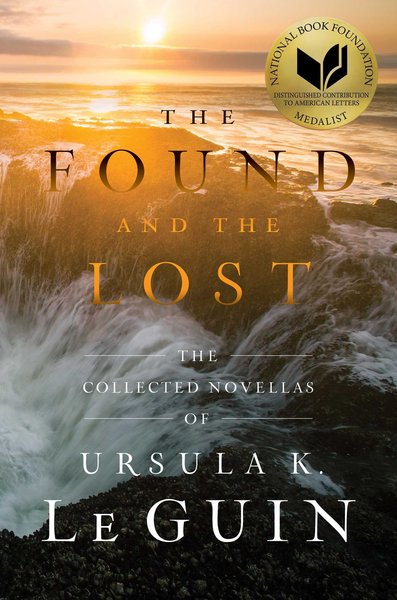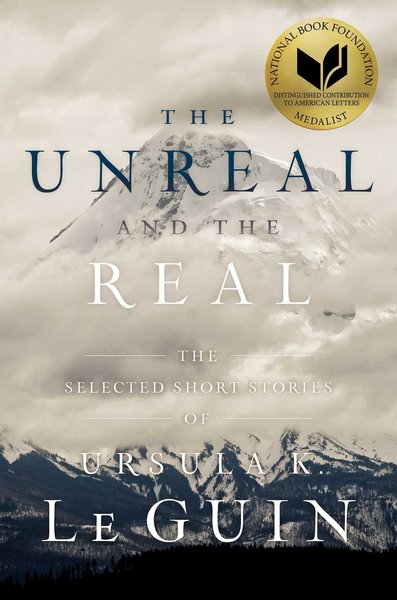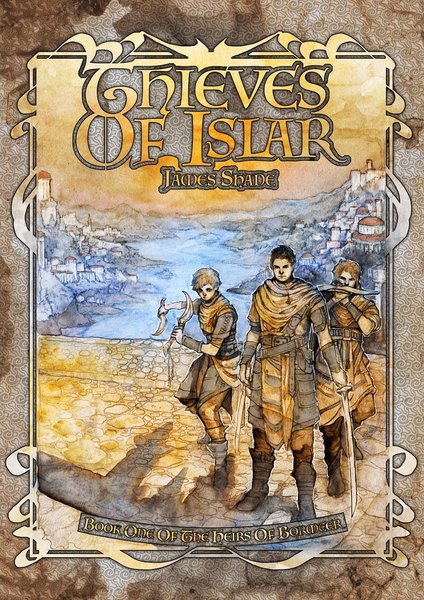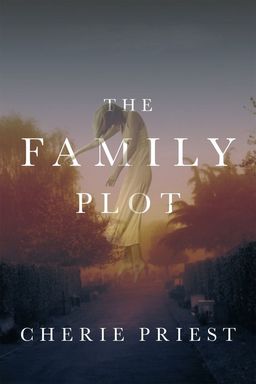Distinctive Visions of Earth After Climate Change: Drowned Worlds, edited by Jonathan Strahan
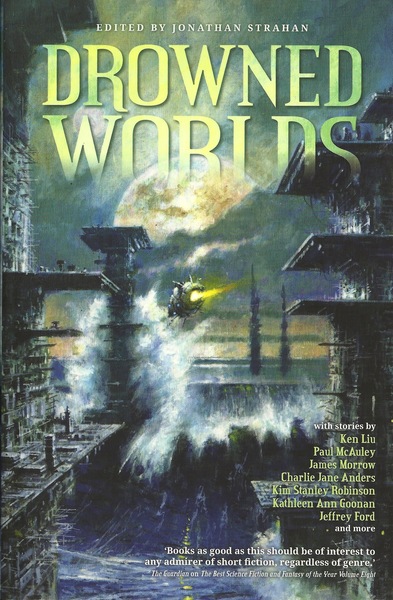 |
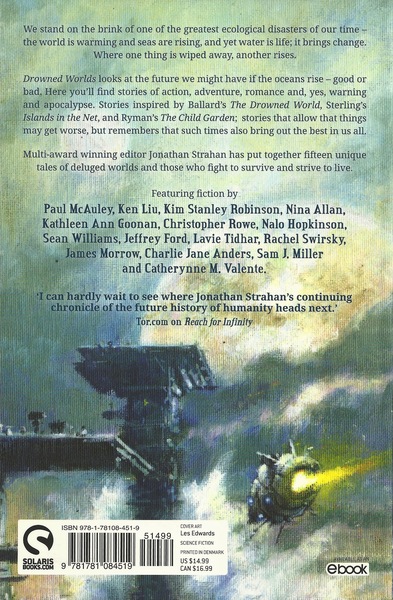 |
Reading reviews frequently helps heighten my anticipation for a book. That’s certainly the case with Jonathan Strahan’s acclaimed new anthology Drowned Worlds, a collection of SF tales which looks at the future of Earth after the full effects of climate change.
The book includes all-new fiction from Ken Liu, Kim Stanley Robinson, Christopher Rowe, Kathleen Ann Goonan, Charlie Jane Anders, Jeffrey Ford, Rachel Swirsky, Lavie Tidhar, Catherynne M. Valente, and many others. It’s been getting some terrific reviews, from places like Tor.com, Locus Online, and other fine institutions. Here’s a few samples, starting with author James Lovegrove in the Financial Times.
Taking its cue — as well as its title — from JG Ballard’s 1962 debut novel The Drowned World, the book offers 15 memorable, distinctive visions of Earth after climate change has exerted its grip. Sea levels have risen, and deserts have spread. People live aboard rafts, amid ruins, on other planets. The Anthropocene era has done its apocalyptic worst. There is nevertheless, a thin silvery thread of hope — humankind, through its adaptability and ingenuity, endures.
And here a snippet from Gary K. Wolfe’s lengthy review at Locus Online.
